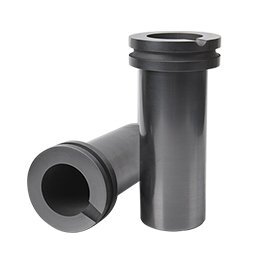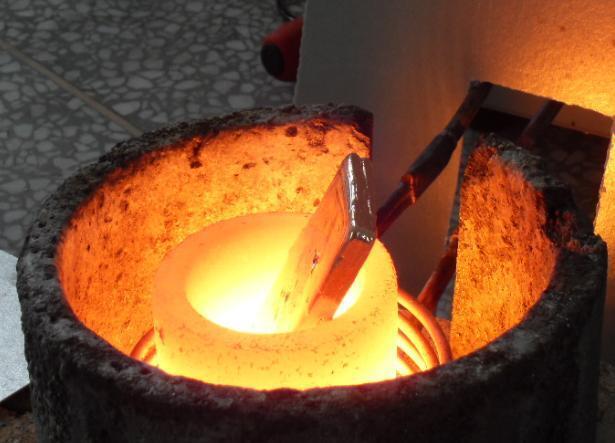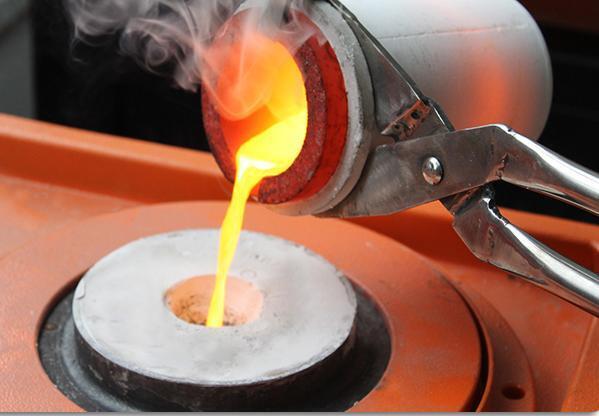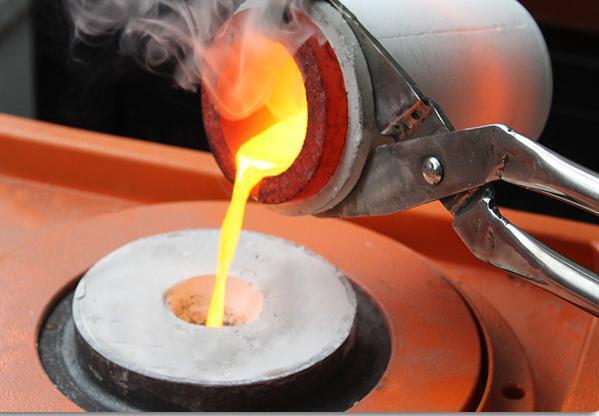1. What is a Graphite Crucible?
A graphite crucible is a container utilized for melting and casting non-ferrous metals like gold, silver, aluminum, and brass. Its exceptional thermal conductivity, high temperature resistance, low thermal expansion coefficient for high-temperature applications, and ability to withstand rapid heating and cooling make it an ideal tool for metal casting. Graphite crucibles are resistant to acids, alkaline solutions, and possess excellent chemical stability.

2. Applications of Graphite Crucibles
Graphite crucibles” excellent heat performance enables quick metal melting for faster production cycles. Their resistance to chemicals and corrosion ensures durability and longevity, making them unaffected by workshop conditions. Graphite crucibles come in numerous shapes, categorized by letters starting from A. Each shape is further divided based on the crucible”s inner diameter (ID), outer diameter (OD), height (H), and specific form. The illustrated crucible is cylindrical with a flat bottom and lacks a spout or lid. Graphite crucibles are employed in fuel-fired, electric, and induction furnaces, as well as for transferring and moving molten metals. They must be designed to meet the temperature, chemical, and physical requirements of the specific operation.
3. Metals Melting in Graphite Crucibles
Silver
Graphite crucibles for melting silver are similar to those used for gold melting and can withstand temperatures exceeding 2000°C or 3632°F. The crucible body is made of natural graphite, retaining its chemical and physical properties. It exhibits a low thermal coefficient and strain resistance to rapid heating or cooling at high temperatures.
Copper-based alloys melted in fuel-fired furnaces are processed using silicon carbide graphite crucibles, chosen for their thermal shock resistance.

Gold
Graphite crucibles for gold melting are made of high-grade graphite, possessing thermal shock resistance, thermal stability, oxidation resistance, and excellent mechanical strength. They are designed to endure temperatures above 2000°C or 3632°F.

Aluminum
Crucibles used for processing aluminum and its alloys range from carbon or ceramic-bonded clay graphite to silicon carbide, as these metals melt within the temperature range of 400°C or 750°F to 1600°C or 2912°F.

